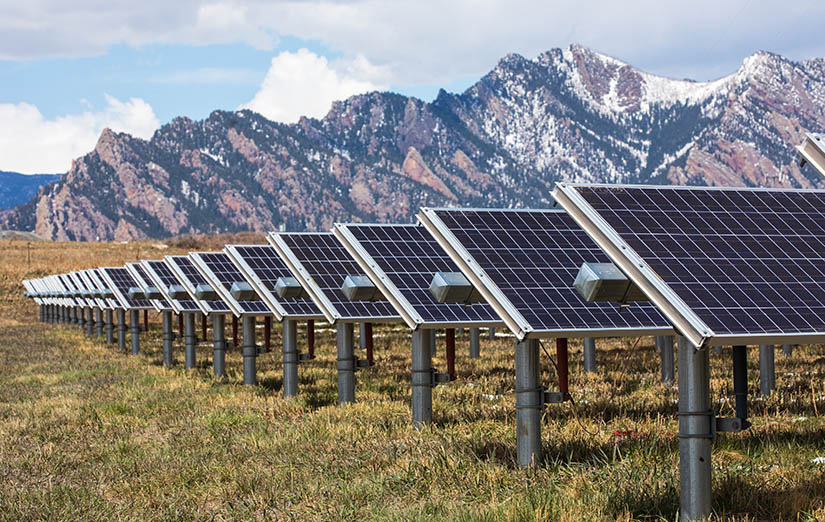2022-10-24 アメリカ・ローレンスリバモア国立研究所(LLNL)
研究チームは、プリカーサー濃度(初期炭素)を30倍まで、触媒基板面積を1cm2から180cm2まで、成長圧力を20から790Mbarまで、ガス流量を8倍まで増加させても、垂直配向SWCNTsが非常に高い品質を保つことを見いだした。
研究者たちは速度論モデルを導き出し、プリカーサの拡散を助けるために軽いバスガスを使用することで成長速度が加速されること、成長圧力が高くなると次第に重要になる副産物形成は、水素を含まない成長環境を使用することで大幅に軽減されることを示した。また、CNT成長レシピと流体力学的条件を適切に選択することで、生産スループットを6倍に、炭素変換効率を90%以上に高めることができることも、モデルによって示された。
研究チームは、単純なCNT成長速度論モデルによって定量的に記述される成長領域で操作することにより、プロセスの最適化が容易になり、最先端の垂直配向CNTアプリケーションをより迅速に展開することができると結論づけた。
<関連情報>
- https://www.llnl.gov/news/batteries-water-purifiers-carbon-nanotubes-are-where-its
- https://www.sciencedirect.com/science/article/pii/S0008622322007989
バルク拡散制御された速度論的領域で、構造的特性が著しく変化するウエハースケールのSWCNTフォレストを合成することに成功。 Synthesis of wafer-scale SWCNT forests with remarkably invariant structural properties in a bulk-diffusion-controlled kinetic regime
Sei Jin Park,Kathleen Moyer-Vanderburgh,Steven F.Buchsbaum,Eric R.Meshot,Melinda L.Jue, Kuang Jen Wu,Francesco Fornasiero
Carbon Available online: 29 September 2022
https://doi.org/10.1016/j.carbon.2022.09.068

Highlights
- •Vertically-aligned single-walled carbon nanotube are synthesized at wafer scale.
- •The growth kinetics is dominated by bulk gas diffusion and byproduct formation.
- •Proposed kinetic model quantitatively describes growth kinetics at all conditions.
- •Carbon nanotubes show invariant characteristics in a broad synthetic space.
Abstract
Robust synthesis of vertically aligned carbon nanotubes (VACNT) at large scale is required to accelerate deployment of numerous cutting-edge devices to emerging commercial applications. To address this need, this work demonstrates that the structural characteristics of single-walled CNTs (SWCNTs) produced in a growth regime dominated by bulk diffusion of the gaseous carbon precursor are remarkably invariant over a broad range of process conditions (precursor concentration increased up to 30-fold, catalyst substrate area from 1 cm2 to 180 cm2, growth pressure from 20 to 790 mbar, and gas flowrates up to 8-fold). A simple growth kinetics model is derived that accounts for both reactant bulk diffusion and competing byproduct formation in the presence of excess hydrogen, which quantitatively reproduces the experimental data in the entire isothermal parameter space. The model enables critical predictions for process scale-up optimization including a potential 6-fold increase in CNT production rate, a ∼90% carbon conversion efficiency in select conditions, and elimination of reaction rate decay observed at high pressures by using a hydrogen-free growth environment. This model-guided opportunity to substantially improve synthesis throughput and efficiency, in conjunction with the remarkably invariant CNT properties, is appealing for reliable VACNT device fabrication at both small and industrial scales.



